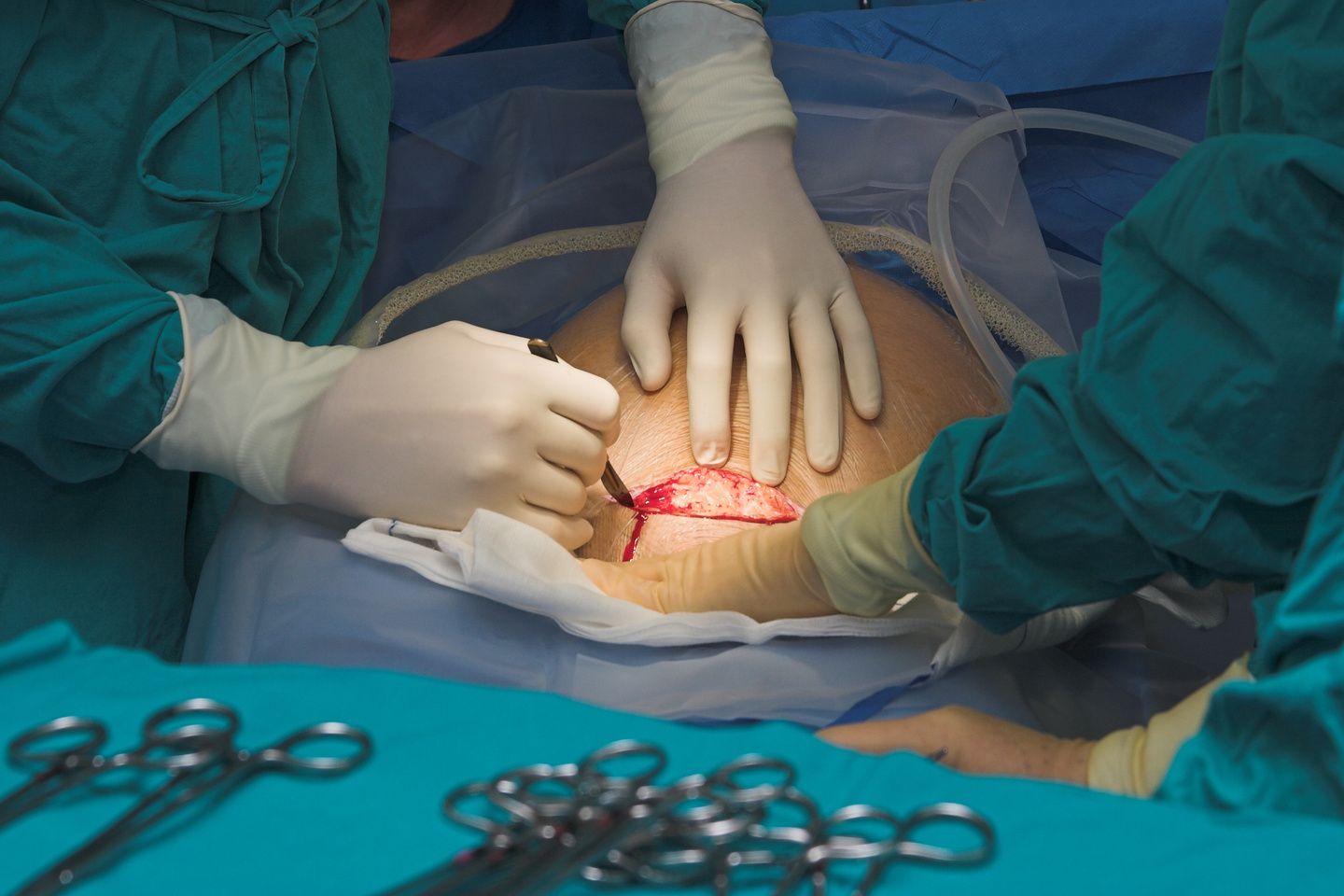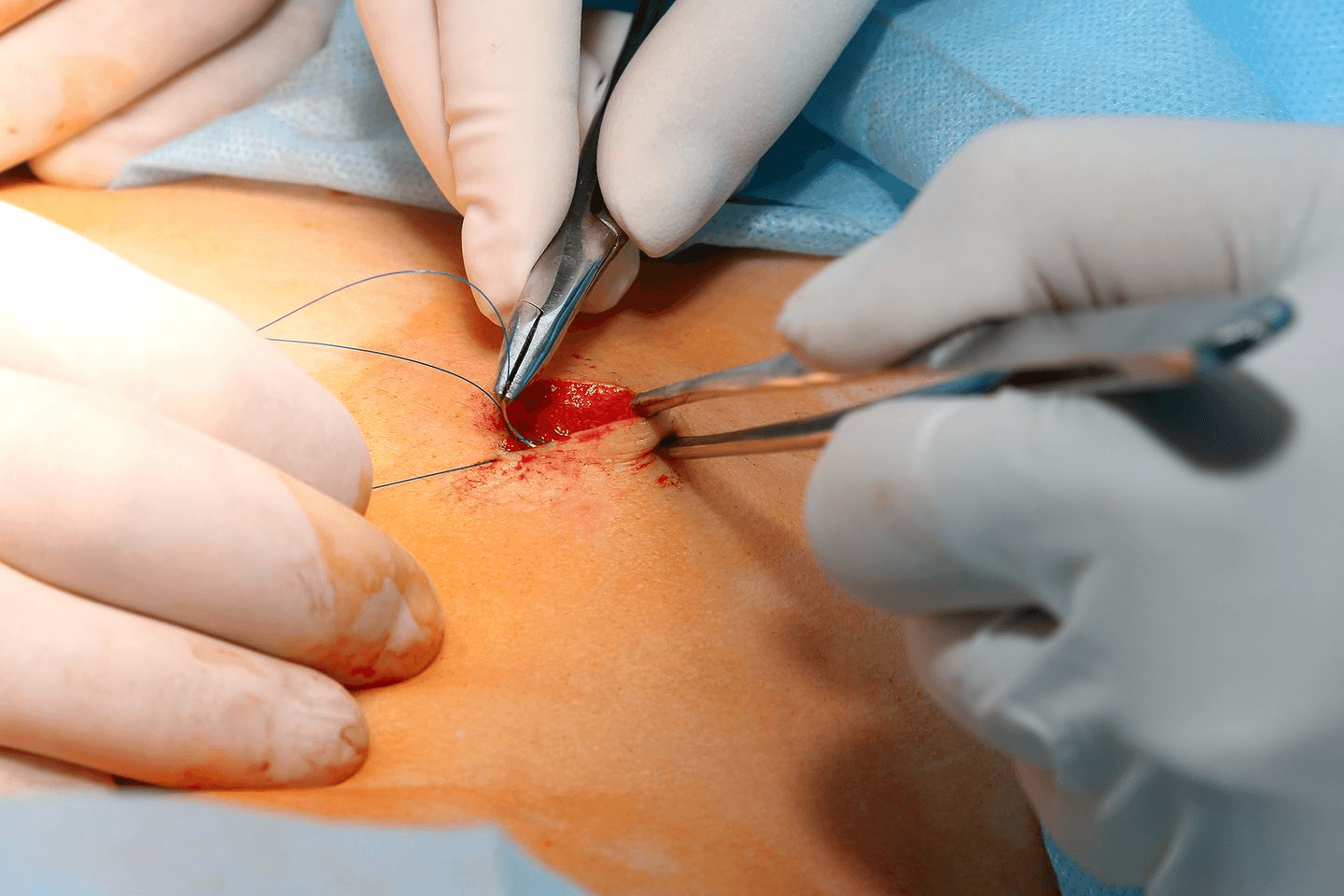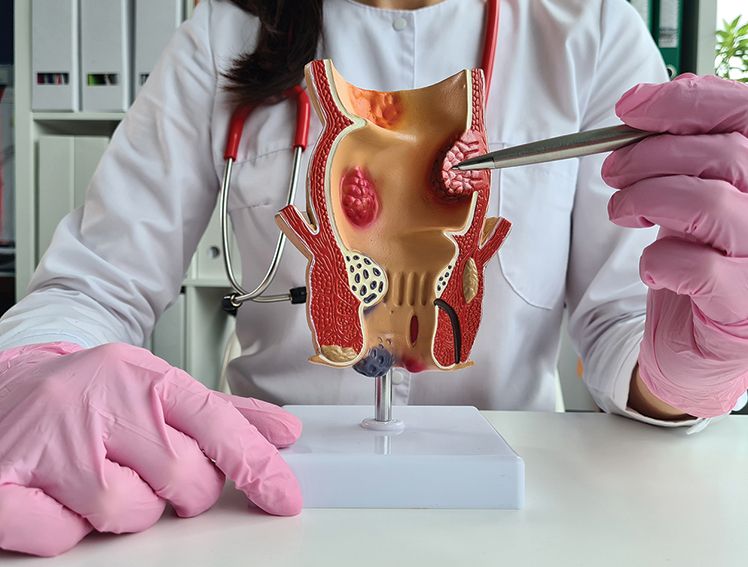
Things to Know about C-section
What is a Caesarean-Section?
A C-section surgery, also known as a caesarean birth, is a surgical procedure used for childbirth when a vaginal birth cannot be done. In a C-section, the baby is delivered by making incisions in the abdomen. This procedure can be conducted under emergency circumstances but can also be planned ahead of time for medical reasons.
C-section meaning
The term 'Caesarean section' originates from the Latin word caedare, which means 'to cut.'
Why are C-sections done?
There are many reasons why your healthcare provider might recommend a caesarean delivery, including:
- The baby is in distress and not getting enough oxygen and nutrients to survive in the womb.
- The baby is in a breech position, meaning its hips or legs are facing the vaginal opening.
- The baby's head does not move or fit through the mother's pelvis.
Labour is not progressing at an appropriate rate. - The mother has previously had a caesarean section.
- The mother is delivering two or more babies.
- The mother is experiencing issues like high blood pressure or diabetes.
- In the case of placenta previa, that is when the placenta covers the cervix.
- The mother has an infection or genital herpes.
- The umbilical cord has prolapsed, meaning that it has dropped through the cervix into the vagina ahead of the baby.
Types of C-sections
Caesareans can be classified based on the types of incisions used during the procedure. These incisions can be further broken down into three main types:
- Classical C-section: This type of C-section surgery involves a vertical incision on the mother's abdomen and uterus. This procedure is rarely performed today as it carries a higher risk of complications.
- Low transverse C-section: This is the most common type of C-section surgery. It involves making a horizontal incision just above the pubic hairline on the mother's lower abdomen. This type of incision usually heals well and has a lower risk of complications.
- Low-vertical C-section: This type involves a vertical incision on the mother's lower abdomen, just next to the midline. It may be used if the baby's head is too large to fit through a low transverse incision.
How does a C-section delivery work?
During a C-section delivery, the mother is first given anesthesia to numb the lower part of the body, usually an epidural or spinal block. In some cases, general anesthesia may be used if the mother cannot have an epidural or spinal block.
Once the anesthesia has taken effect, the doctor will clean the abdomen with an antiseptic before making an incision in the mother's abdomen and uterus. The type of incision used will depend on the circumstances of the delivery. The baby is then delivered through the incision in the uterus, and the umbilical cord is cut.
After the baby is delivered, the doctor removes the placenta and closes the incision in the uterus with stitches that will dissolve over time. The incision in the abdomen may be closed with stitches or staples that must be removed a few days after the delivery.
The procedure usually takes about 45 minutes to complete, but an emergency C-section delivery can take as little as 15 minutes to complete. After the surgery, the mother will be monitored closely for a few hours in a recovery room.
C-section recovery time is typically around four to six weeks. It is important to consult your healthcare provider to understand what to anticipate during recovery. Most healthcare providers advise avoiding climbing stairs, lifting heavy objects, and engaging in strenuous exercise for a few weeks after the procedure.
What are the side effects and risks of having a C-section?
Caesarean sections are safe, but there can be some risks and complications associated with the surgery for both the mother and the child. Risks for mothers include:
- Blood loss.
- Infections like endometritis.
- Blood clots may lead to deep vein thrombosis or embolisms.
- Bladder or bowel injuries due to surgery.
- Complications due to anesthesia, such as low blood pressure or allergic reactions.
- Potentially increased risk for future pregnancies.
Meanwhile, risks for the babies include:
- Fetal injury.
- Issues with breastfeeding, as C-section may delay the start of mature milk production.
- Breathing difficulties such as tachypnoea.
What are the benefits of having a C-section?
While vaginal birth is ideal, having a C-section might be necessary or recommended by your doctor in particular circumstances. In such cases, cesarean childbirth can have a myriad of benefits, such as:
- Safer delivery for both mother and child, in case of vaginal birth, is a health risk for them.
- Alleviation of anxiety, fear, and stress about childbirth.
- Reduce postpartum issues such as urinary or faecal incontinence.
- Reduce the risk for perineal trauma such as tears and episiotomies.
- Lesser risk for labour complications such as clinical chorioamnionitis, foetal heart rate abnormalities, and cord prolapse.
- Avoidance of labour pain.
- C-section recovery is easier for mothers as compared to vaginal births.
From Meril
Meril Life's bio-absorbable and non-adherent gelatin sponge hemostat, MERIFIEM, can effectively control bleeding during C-sections and other surgical procedures. Made with a highly purified first-grade gelatin material, MERIFEIM does not interfere with the healing process while still providing the hemostatic effect in a few minutes upon application.
In addition to hemostats, Meril Life offers various surgical equipment, like sutures for procedures such as C-sections. We offer natural absorbable sutures like MERISOFT, which are made using purified connective tissue that is found in the intestines of sheep. We also offer synthetic absorbable sutures such as MITSU AB™ - Polyglactin 910 suture with Triclosan that minimises the risks of suture-induced surgical site infections (SSI) by inhibiting the colonization of pathogens. Meril also offers non-absorbable sutures, FILAMIDE that are made of polyamide 6 and polyamide 6.6, and FILASILK sutures, made from natural silk fibres.
Conclusion
Vaginal deliveries are preferable when giving birth, but caesarean deliveries can also have many benefits. The decision to have a C-section should be made in consultation with a doctor and based on the specific circumstances of the pregnancy and delivery.



